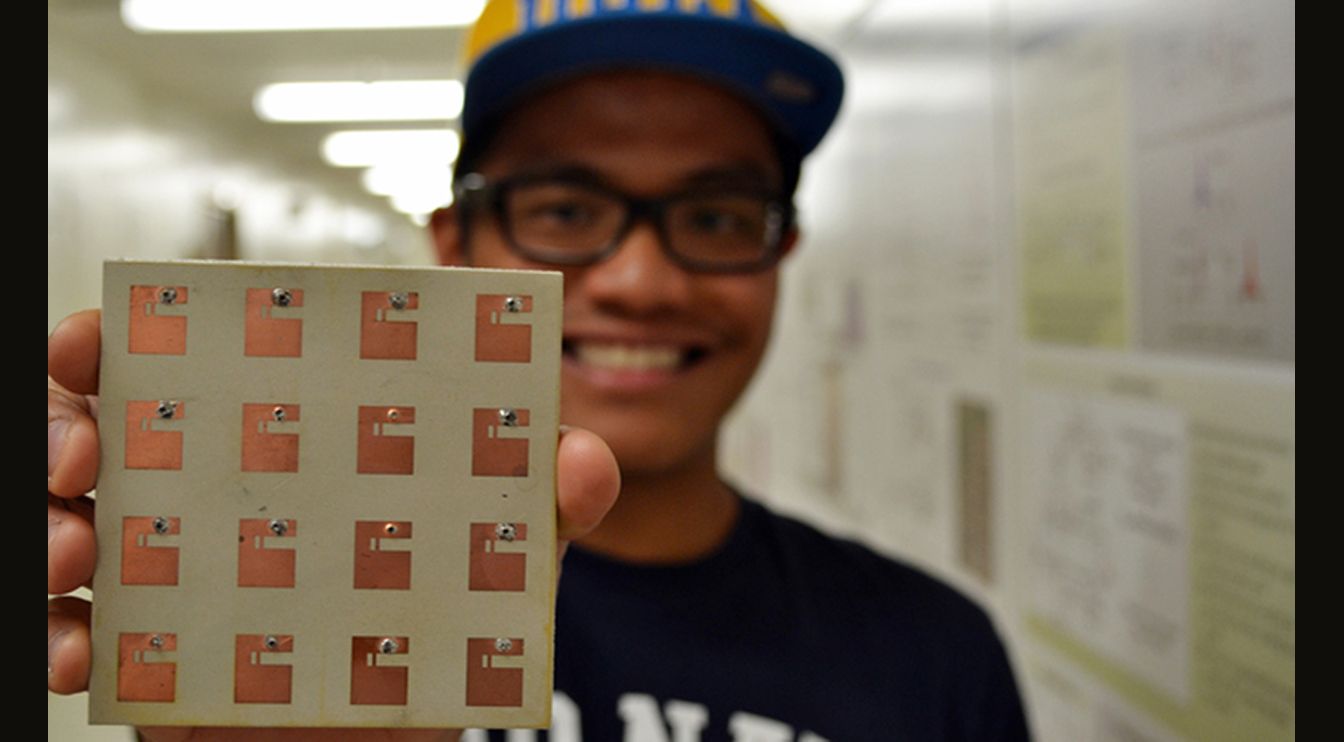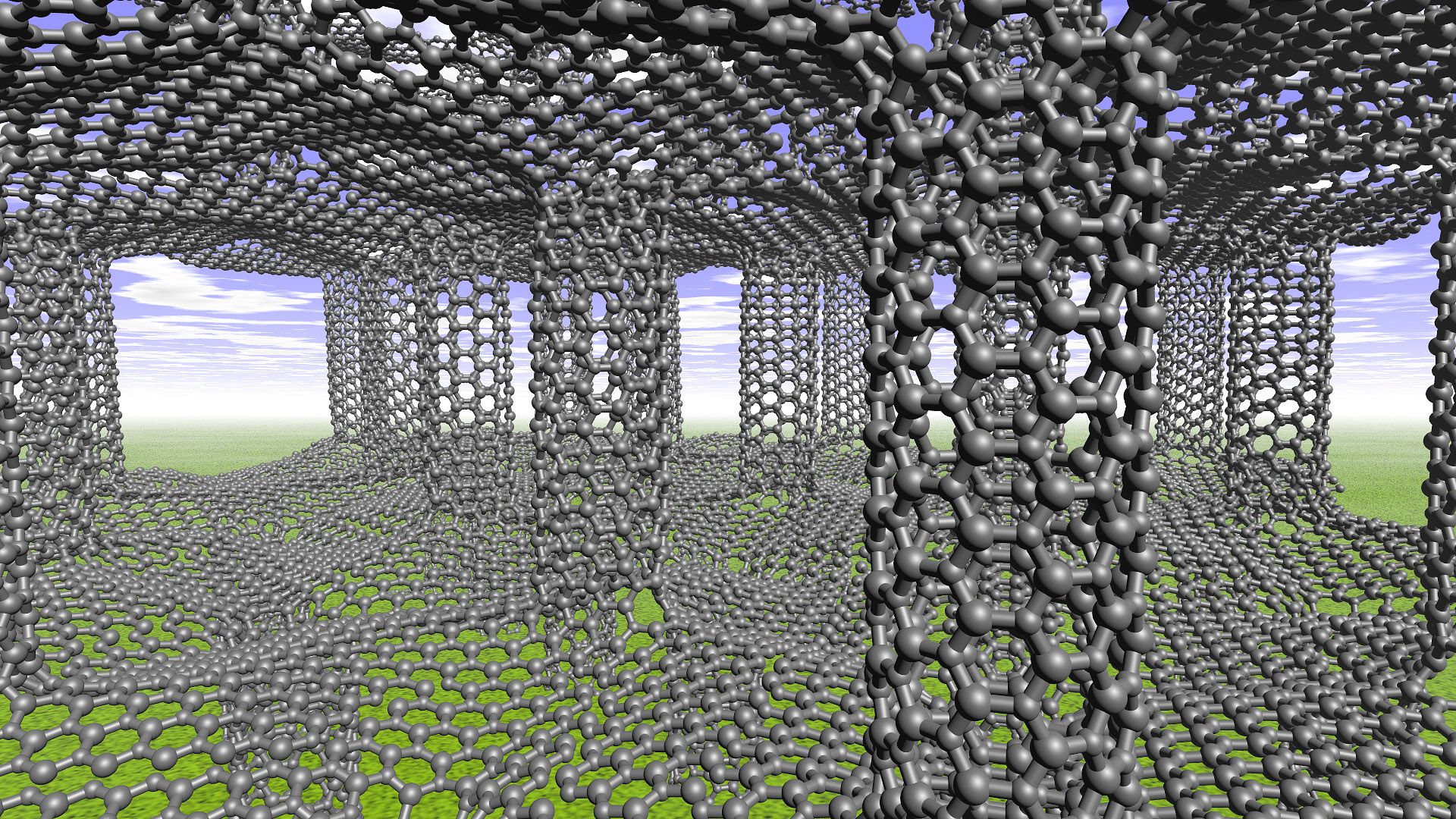“Last fall, a hand-picked group of the world’s top theoretical physicists received an invitation to a conference about the multiverse, a subject to which many of them had devoted the majority of their careers.”


“Last fall, a hand-picked group of the world’s top theoretical physicists received an invitation to a conference about the multiverse, a subject to which many of them had devoted the majority of their careers.”

If you want to increase your risk of multiple diseases, then smoking is one of surest ways to do it; it can even accelerate aging. So how do some long-term smokers beat the odds?
Long-lived smokers are fascinating. Not only do they live a long time, but they also appear unaffected by their habit. For most of us, smoking has been confirmed to be ‘toxic’, but these outliers somehow overcome this. So how can these people reach old age despite having smoked most of their life? Scientists predicted they must have some unusual genes, and they were right.

An amazing new antenna prototype from UCLA has the potential to make Mars missions a whole lot easier to run.
Stem cells coming along nicely, Stanford demonstrate how creating artificial stem cell niches improve grafting and regeneration of bone and it should have a broad application for other tissues. Properly developed we could regenerate organs and tissues by injecting enough stem cells in these manufactured protective niches.
One could potentially take it a stage further and modify the stem cells with genes of interest to make them more robust. Ex-vivo cell manipulation is also considerably cheaper than in-vivo therapy.
New porous hydrogel could boost success of some stem cell-based tissue regeneration, researchers say.

Click on photo to start video.
Take a look at the Mercedes-Benz: Concept IAA (Intelligent Aerodynamic Automobile) for a peep into our plans for the future of automotive.

At Intel Developer Forum in San Francisco August 18th – 20th, two Intel executives discuss how 5G network capabilities will transform the way we live.
Imagine taking a trip to a cabin in the woods to get some work done and have a mini-vacation. Today, given our need for wireless connection, that’s a sketchy proposition.
You’ve got GPS in your rental car, plus your laptop, your smartphone, maybe a tablet or a smartwatch. But what if there’s no cable? What if there’s no Wi-Fi connection? What if the cellular connection is weak?

Is this thing on? That’s likely what Hong Kong University of Science and Technology scientists thought, shortly after they’d developed a new system that absorbs 99.7 percent of all the sound that hits it.
Many systems use sonic insulators to deaden sound: materials which absorb sound, typically over a small range of frequencies. By combining different insulators into a composite, it’s possible to absorb a large range of sounds — but it’s difficult to create such a material that absorbs all the the frequencies. It would just be too big and complex. That means that there’s a limit to the amount of sound they can absorb.


Rice University researchers discovered that putting nanotube pillars between sheets of graphene could create hybrid structures with a unique balance of strength, toughness and ductility throughout all three dimensions.
Carbon nanomaterials are common now as flat sheets, nanotubes and spheres, and they’re being eyed for use as building blocks in hybrid structures with unique properties for electronics, heat transport and strength. The Rice team is laying a theoretical foundation for such structures by analyzing how the blocks’ junctions influence the properties of the desired materials.
Rice materials scientist Rouzbeh Shahsavari and alumnus Navid Sakhavand calculated how various links, particularly between carbon nanotubes and graphene, would affect the final hybrid’s properties in all directions. They found that introducing junctions would add extra flexibility while maintaining almost the same strength when compared with materials made of layered graphene.
In a world first, an artificial intelligence machine plays chess by evaluating the board rather than using brute force to work out every possible move.